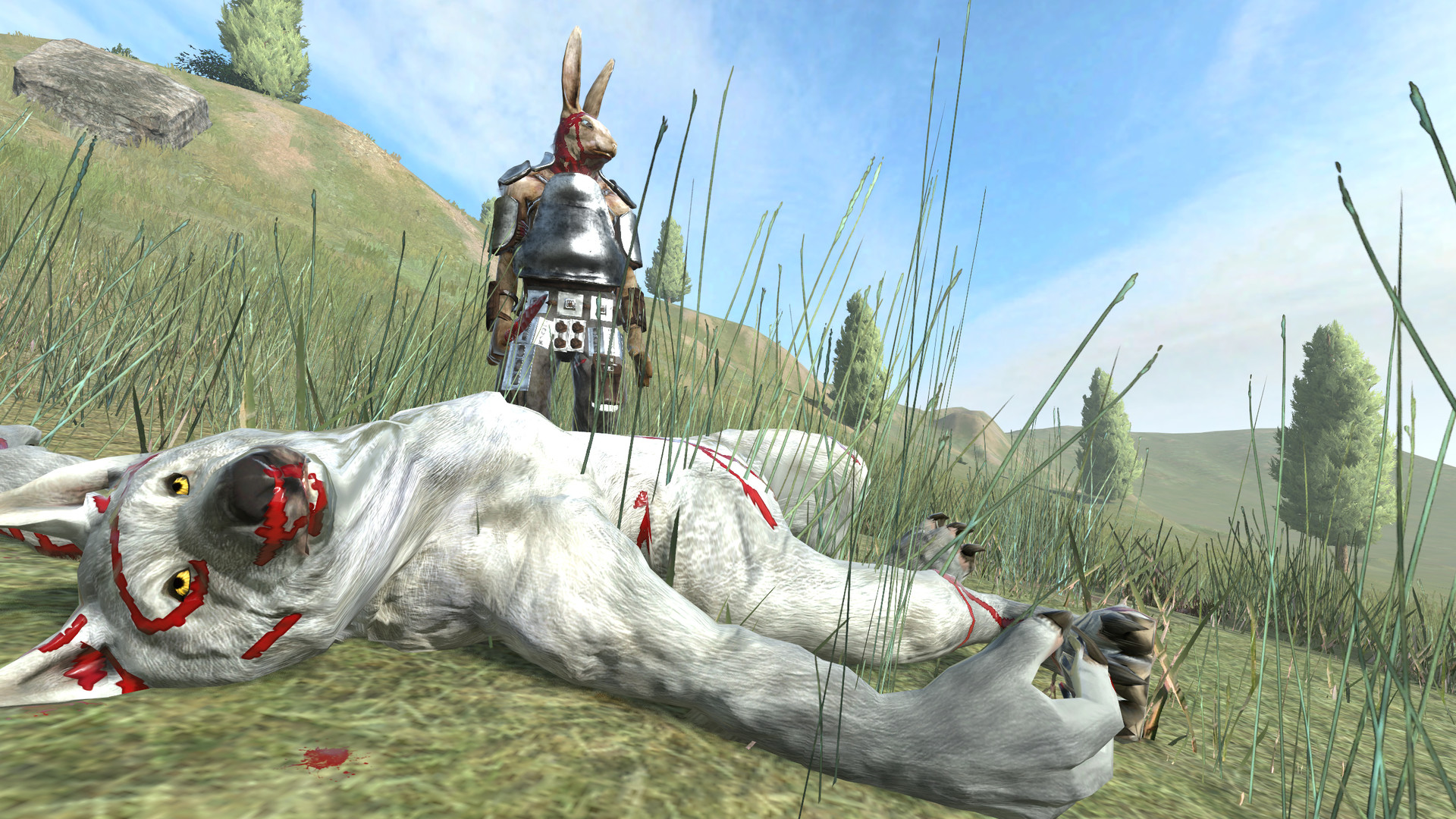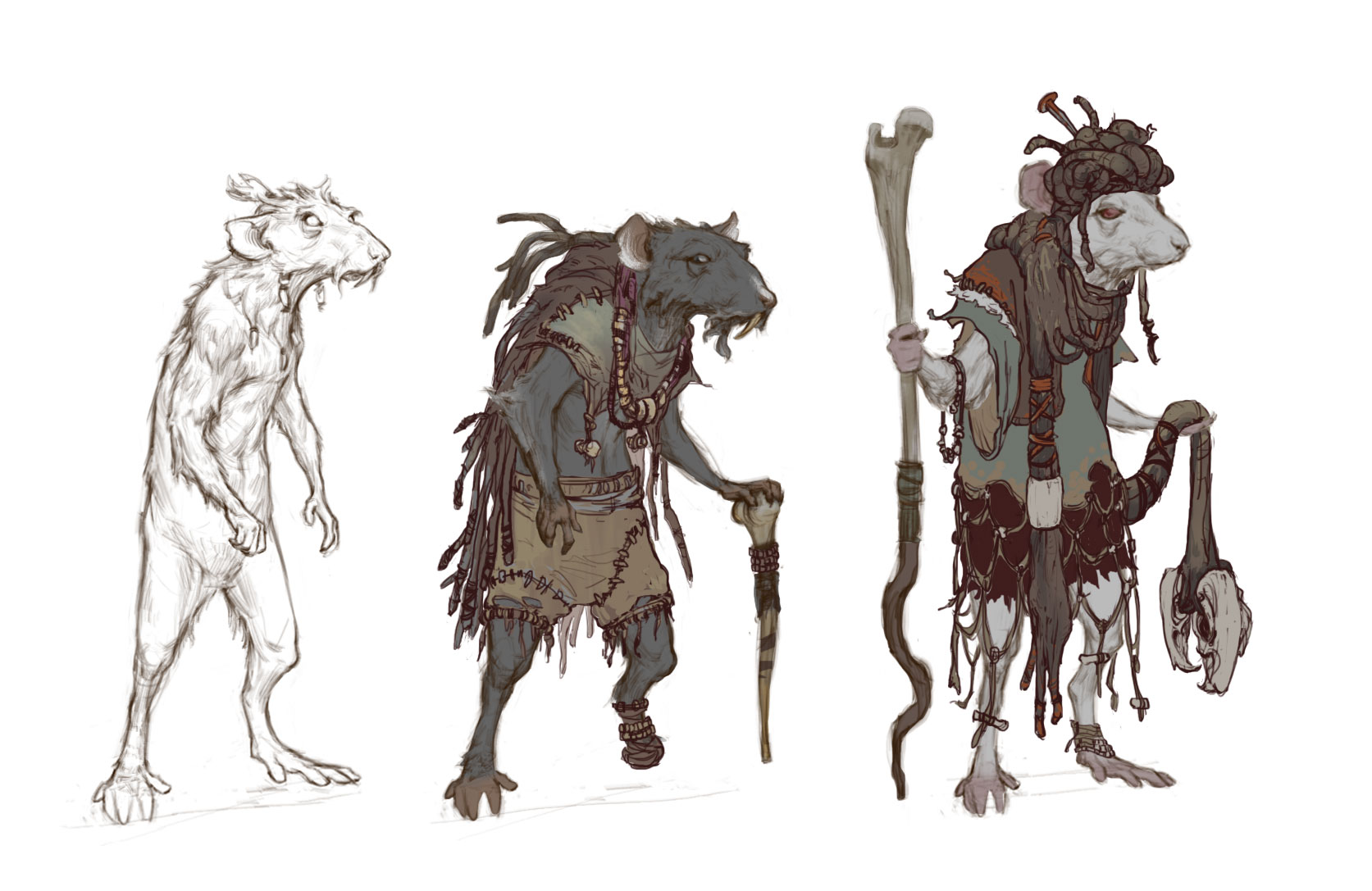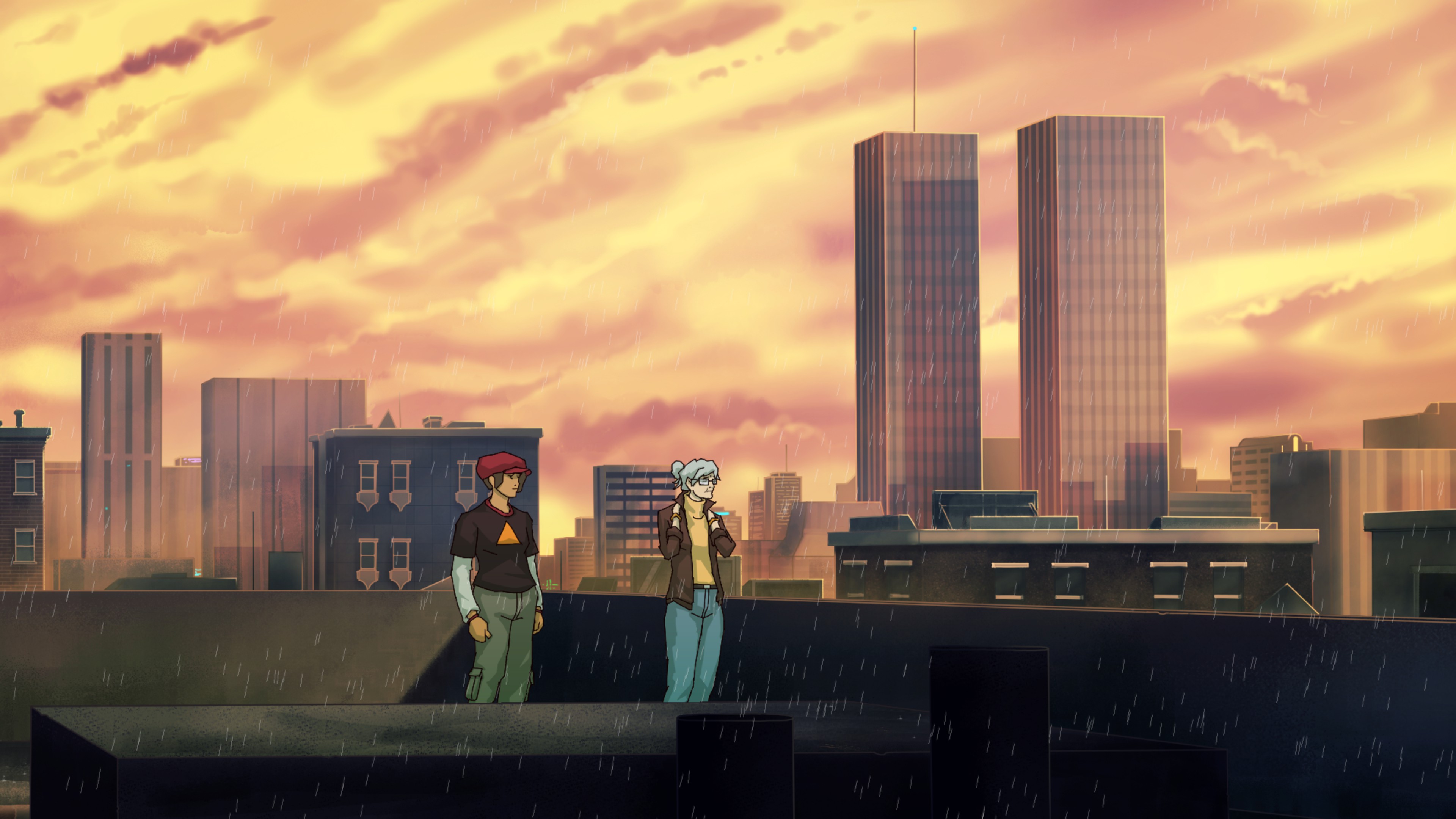After eight years, Overgrowth's kung fu rabbits are ready for a beta release
It wasn't easy getting there, but the beta finally starts today and includes the entire Lugaru campaign.

David Rosen has poured more time and energy into developing a game about kung fu rabbits than most novelists put into writing sweeping statements of our time. This isn’t to say Rosen isn’t also trying to say something new with Overgrowth, the successor and final iteration of freeware hit Lugaru. Like any artist, he’s trying to push the medium forward. His grand statement comes by way of complex bullet points, like “skeletal animation blends” and “damage simulationerse kinematics”—all to make a fighting system that feels different each time you play.
But Rosen didn’t just live in a development vaccum for eight years—during that time, he put out several complete games within a week during focused game jams (see Receiver) and started the Humble Indie Bundle, which quickly ballooned into a popular digital storefront.
Despite everything, Overgrowth is finally on the path to release, beginning with a beta and week long sale at 27% off—starting today. The entire Lugaru campaign has been ported over to Overgrowth’s engine, entirely rewritten, and includes a multiplayer arena mode and extensive mod support. Now, all that’s left for Rosen is to finish the Overgrowth campaign, which he plans to release within a few months.
It’s been a long road to the finish, but Rosen isn’t too surprised. He says he’s always had a tendency to “dive into rabbit holes.” I didn't ask if the pun was intended. He'd no doubt heard them all by now.
Bunny beta
The work hasn’t been the most difficult part. Rosen is an extremely talented programmer, taking on challenges entire teams are dedicated to in big game studios. But working alone isn’t easy, especially with no one to tell you how to spend your time. “It's been a psychological journey of sorts. Because I never had a background in project management and would always just get by with brute force of programming, so it's been an experience how to actually balance everything,” said Rosen, “That's why it took so long, everything was in a weird balance.”
Before making a campaign, Rosen first had to make the fighting systems, which were far more ambitious than he anticipated. He wanted to avoid making a scripted, tightly animated combat game in favor of something more improvisational and surprising.
Figuring out how to accurately simulate a rabbit skeleton to procedurally and naturally animate after getting round-housed by a wolf took a bit of research and development.
“Often if you have [combat] look really good, you'll just press a button and you'll play this motion captured combo finisher move that takes five seconds, and I wanted to break it down into much smaller pieces,” said Rosen, “That took a lot of work, to make sure that the characters were attacking the right area and that it looked like they were hitting, and if they got hit, then they got knocked into ragdoll as if they were hit at the correct point, and then while they're in ragdoll they're not just like limp noodles. They're trying to protect themselves and flail around if they're falling too far, and so on.”
As it turns out, as one man, figuring out how to accurately simulate a rabbit skeleton to procedurally and naturally animate after getting round-housed by a wolf took a bit of research and development. About eight years, to be precise.

Soon, cats, dogs, and rats will also join the fray, each with their own fighting styles and traits. Cats are more aristocratic. They fight with poise and agility, tending towards weapons like rapiers. Dogs are brutes—though not as big as wolves—and prefer larger weapons and heavy armor. Rats are the more improvisational group of the bunch that attack in packs to overcome their tiny stature. I can’t wait to drop kick one.
They’ll appear in the new campaign, which continues directly where Lugaru’s leaves off. In classic kung fu fashion (and without spoiling the plot) protagonist Turner continues his quest for revenge. Rosen hopes to include more variety this time around, leaning less on combat in favor of playing around with level design and mobility. “I want to experiment with more climbing, jumping, wall-running kinds of puzzles. And stealth elements, like sneaking through bushes. You can also have allies—the AI system supports any number of factions.”
We won’t know what the final version of Overgrowth looks like for a few months yet, but now players can finally rest assured that it will eventually be complete. Until then, players can check out the growing library of mods already available, including one that increases running speeds for Sonic-like races, another that turns players into an acrobatic bat, and any number of character models replacements—including some for the Overwatch heroes.
Rosen is exhausted with the project, but feels like he’s finally completing what he set out to do. “I think it does now look pretty much like choreographed fight scenes. The fights still look totally different than in any other game.” He’s right. Overgrowth is an improvisational, energetic, ragdoll kung fu playground that feels like a mix between the quick, tightly controlled encounters of Quake with the rock-paper-scissors move set of a 2D fighting game. It feels great.
Now, to build something around it.
The biggest gaming news, reviews and hardware deals
Keep up to date with the most important stories and the best deals, as picked by the PC Gamer team.
James is stuck in an endless loop, playing the Dark Souls games on repeat until Elden Ring and Silksong set him free. He's a truffle pig for indie horror and weird FPS games too, seeking out games that actively hurt to play. Otherwise he's wandering Austin, identifying mushrooms and doodling grackles.


